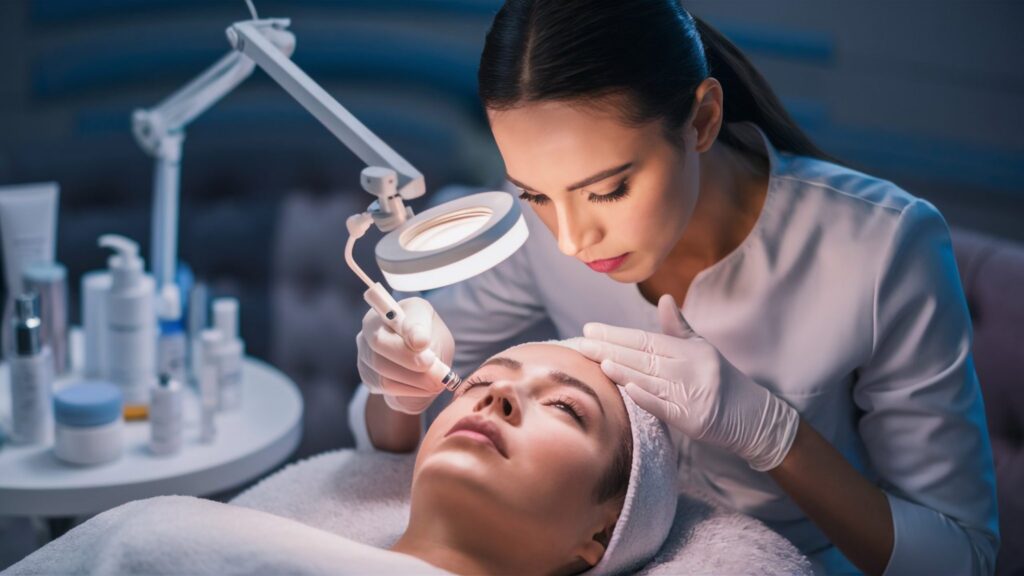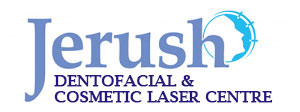
Hydra Facial Treatment vs. Chemical Peels Treatment: Which Is Right for You?
Introduction
In the evolving world of skincare, the choices can be very large. Two popular treatments that often come up in the search for radiant skin are hydrafacial treatments and chemical peels. Each offers unique benefits and caters to different skin concerns. In this blog, we'll know the details of both treatments, comparing their benefits, procedures, and suitability for various skin types and issues. By the end of this blog, you'll have a clear idea of which treatment might be the right choice for your skincare needs.
Understanding about Facial
A facial is a fundamental skincare treatment designed to clean, furbish, and hydrate the skin, promoting its natural improvement and clarity. The primary effect of a facial is furbish, which involves removing the top layer of skin using mostly chemical ingredients. This process creates controlled damage, encouraging the skin to heal and regenerate naturally.
Why is it important to get a facial?
Getting a facial is important for maintaining healthy skin as it provides deep cleansing, furbish, and hydration. Facials address specific skin problems, improve circulation, and offer relaxation and stress relief. They also provide professional advice on skincare and help prevent future skin problems.
Understanding the Basics of Hydra Facial Treatment
hydrafacial treatments are a modern skin renew treatment that has quickly become popular. hydrafacial treatments use a particular multi-step process that combines cleansing, furbishing, extraction, hydration, and antioxidant protection in one session. The treatment utilizes a patented Vortex-Fusion technology that simultaneously delivers nourishing serums and extracts impurities from the skin.
Key Steps of a hydrafacial treatment
1.Cleansing and Exfoliation: The first step involves cleansing the skin and removing dead skin cells to reveal a fresh layer under it.
2.Acid Peel: A gentle acid peel is applied to help loosen debris in the pores without causing the skin to peel.
3.Extraction: A vacuum-like device is used to extract dirtiness and blackheads painlessly.
4.Hydration:The skin is filled with intense moisturizer to hydrate and nourish.
5. Protection: The final step involves the application of antioxidants and peptides to protect and refresh the skin.
What are the key advantages of getting a hydrafacial treatment?
Immediate Results: One of the main advantages of a hydrafacial treatment is the immediate visible improvement in skin texture and tone.
No Downtime: Unlike more aggressive treatments, there is no recovery period required.
Customizable: The treatment can be tailored to address specific skin concerns, such as acne, hyperpigmentation, or fine lines.
Suitable for All Skin Types: hydrafacial treatments are gentle enough for all skin types, including sensitive skin.
Understanding the Basics of Chemical Peels Treatment
Chemical peels treatment has long been a popular method for enhancing skin appearance and tackling various skin issues. This treatment involves applying a chemical solution to the skin's surface, leading to controlled furbishing and peeling. The strength of the chemicals used can range from mild to deep, tailored to address different skin concerns effectively.
Types of Chemical Peels:
1.Superficial Peels: These use mild acids like alpha-hydroxy acids (AHAs) to gently furbish the outermost layer of the skin.
2.Medium Peels: These penetrate the outer and middle layers of the skin using acids like trichloroacetic acid (TCA).
3.Deep Peels: These involve stronger acids like phenol, which penetrate deeper into the skin for more dramatic results.
What are the key advantages of getting Chemical Peels?
1.Improved Skin Texture: They can help reduce roughness and improve overall skin texture, making it feel softer and look more even.
2.Acne Treatment: Cosmetic Treatment can reduce acne breakouts and minimize the appearance of acne scars by unclogging pores and reducing oil production.
3.Reduction of Hyperpigmentation: Peels can effectively lighten dark spots, sun damage, and melasma, leading to a more uniform skin tone.
4.Fine Lines and Wrinkles: Regular chemical peels can minimize the appearance of fine lines and wrinkles by stimulating collagen production.
5.Customized Treatments: Chemical peels come in various strengths and formulations, allowing for tailored treatments based on individual skin types and concerns.
hydrafacial treatments vs. Chemical Peels: A Comparison
1.Procedure and Comfort:
hydrafacial treatment: The procedure is painless and relaxing, often described as feeling like a light massage. There is no discomfort during or after the treatment.
Chemical Peel: Depending on the strength of the peel, the procedure can cause a burning or tingling sensation. Post-treatment, the skin may be red and sensitive, with potential peeling for several days.
2.Interval:
hydrafacial treatment: There is no interval, and you can resume your normal activities immediately after the treatment.
Chemical Peel Treatment: Recovery time varies based on the strength of the peel. Superficial peels have minimal downtime, while medium and deep peels may require several days to weeks of recovery.
3.Results:
hydrafacial treatment: Provides immediate, visible results with improved skin hydration, tone, and texture. Regular treatments can maintain and enhance these results.
Chemical Peel: Results can be more dramatic, particularly with medium and deep peels. However, it may take several days to see the full effects as the skin heals and regenerates.
4.Frequency:
hydrafacial treatment: Can be performed monthly to maintain optimal skin health and appearance.
Chemical Peel: The frequency depends on the type of peel. Superficial peels can be done more frequently, while medium and deep peels are usually spaced several months apart.
5.Suitability:
hydrafacial treatment: Ideal for those seeking a gentle, no-downtime treatment that delivers instant results. Suitable for all skin types, including sensitive skin.
Chemical Peel: Suitable for individuals with specific skin concerns such as severe acne, deep wrinkles, or significant hyperpigmentation. The choice of peel strength should be guided by a skincare professional based on individual skin needs.
Choosing the Best Option for Your Skin
Choosing between a hydrafacial treatment and a chemical peel ultimately depends on your skin type, concerns, and desired results. Here are some factors to consider:
1.Skin Type and Sensitivity: If you have sensitive skin, a hydrafacial treatment is a safer and gentler option. Chemical peels, especially stronger ones, may cause irritation.
2.Skin Concerns: For hydration, mild exfoliation, and overall skin rejuvenation, a hydrafacial treatment is an excellent choice. If you're dealing with more severe issues like deep wrinkles, acne scars, or significant pigmentation, a chemical peel may provide more effective results.
3.Desired Results: If you want immediate results with no downtime, a hydrafacial treatment is the way to go. For more profound, long-lasting changes, particularly for specific skin issues, a chemical peel may be more appropriate.
4.Lifestyle: Consider your schedule and ability to accommodate downtime. If you have an event or a busy lifestyle, the no-downtime aspect of a hydrafacial treatment can be very appealing.
Conclusion
The choice between these two treatments depends on your specific skin type, concerns, and desired outcomes. Consulting with a professional is crucial for determining the best option for your needs. At Jerush Dentofacial & Cosmetic Laser Centre, we provide the best hydra facial treatment in Nagercoil. Our experienced team can guide you in selecting the right treatment to achieve your skincare goals, ensuring that you enjoy healthy, glowing skin. Embrace the journey to revitalized skin with confidence!

No Comments yet!